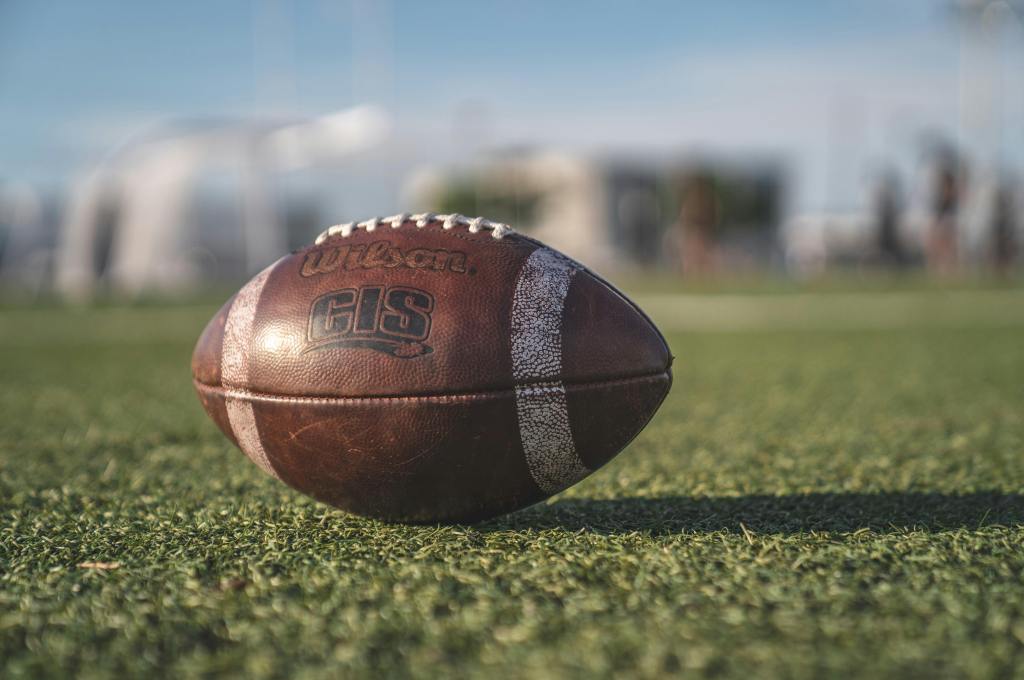
By: Karina Paup Byrnes
What is it like waiting a decade to play a video game? Just ask fans of Electronic Arts (EA) Sports National Collegiate Athletic Association (NCAA) Football. Over ten years ago, what was thought to be the final iteration of EA Sports’ popular game was released in 2013, NCAA Football 2014. The NCAA Football series had been a profitable investment for EA, with NCAA Football 2014 selling over 1 million copies. However, no subsequent iteration of the game was released due to an antitrust class action lawsuit that was filed by then current and former NCAA athletes whose likenesses were portrayed in EA’s game without compensation. O’Bannon v. NCAA challenged the NCAA’s prohibition of athletes receiving compensation for their name, image, and likeness (NIL).
In July 2009, Ed O’Bannon, a former UCLA men’s basketball player, filed the lawsuit. In 2008, EA Sports published an NCAA basketball video game with a character depicting O’Bannon without his consent. O’Bannon sued the NCAA, the Collegiate Licensing Company (CLC), the entity responsible for licensing the NCAA’s brand, and EA. Numerous players joined the lawsuit as plaintiffs, representing over 24,000 college athletes who had been featured in various EA’s football and basketball video games between 2003-2014. Before the trial began, EA Sports and the CCL settled with the athletes for $40 million, leaving the NCAA as the sole defendant. The settlement was paid to tens of thousands of players, with each player eligible for up to $4,000. O’Bannon received roughly $15,000 for being a lead plaintiff.
With the NCAA proceeding as the defendant in the trial, in a major decision, the United States Court of Appeals for the Ninth Circuit ruled in favor of O’Bannon. The judges held that the NCAA refusing to allow college athletes to profit off of their name, image, and likeness, “constituted an anti-competitive conspiracy by the more than 1,200 member NCAA colleges, conferences and affiliate organizations.” The Court found that the NCAA conspired to deny men’s basketball and football players of the monetary value of their names, images, and likenesses for commercial gain.”
The O’Bannon decision led to an influx of additional lawsuits against the NCAA, eventually forcing the NCAA to amend its rules to allow college athletes to profit off of their name, image, and likeness. This new provision has momentously impacted college sports, with student athletes collectively earning nearly $1 billion in the first year of the rule change. These changes have also greatly benefited the companies that want to partner with athletes in using their name, image, and likeness.
In the wake of the O’Bannon decision and the NIL revolution in college sports, EA Sports has quickly seized the opportunity to revive the extremely profitable NCAA Football series with the consent of the athletes depicted in the game. However, this announcement was not without controversy, with athletes arguing that EA’s original offer of $500 payments to each athlete for their likeness is much too low.
Additionally, a lawsuit was brought against EA Sports over NCAA Football 2025 by the Brandr Group, a company representing dozens of colleges and universities, over a licensing dispute regarding their clients’ name, image and likeness rights. The complaint alleges that EA Sports did not negotiate with the Brander Group, despite the agency firm representing many NCAA Division 1 schools. Instead, EA Sports contracted with a different licensing representative company OneTeam Partners, cutting the Brandr Group out of the deal. The Brandr Group alleged that this practice hurt the college athletes wanting to be featured in the video game because the individual players have far less bargaining power if they are not able to be represented by their university’s licensing representative. Ultimately, the Brandr Group dropped its lawsuit and decided to “monitor the progress of NCAA Football before determining whether further legal action is needed to protect its clients.” Yet, the Brandr Group’s argument highlights the important question of who has the authority to represent college athletes in a group licensing contract when there is no players’ union?
As of February 15, 2024, the numerous legal roadblocks impeding the release of NCAA Football 2025 have now been resolved. Now with more clarity on the legal landscape, EA Sports has officially dropped a teaser for its video game, signaling the game’s impending release. The excitement is palpable, with rumors buzzing, predicting who will be featured on the cover and if the projected release date of Summer 2024 will hold true. EA Sports is equally as excited, cashing in on their investment of over a decade of labor to the joy of fans who have kept the interest of the game alive. It is hard not to view NCAA Football 2025 as a licensing feat. The sheer scale of coordination necessary to produce and license the properties for a project this large is no small task and demonstrates the power that athletes now hold over their name, image, and likeness. However, it is important to remember that a power imbalance nonetheless exists between college athletes and the billion-dollar companies they partner with. To preserve the Ninth Circuit’s reasons for allowing NIL deals in the first place, athletes should be supported in guiding the new landscape of licensing.